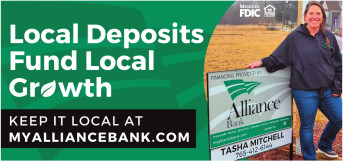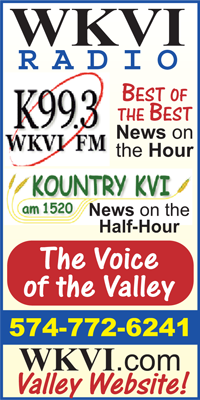Last year the legislature approved changes to the voucher law that allow some students to start going straight into the program – without first going to public school.
Opponents of the change warned that could lead to higher costs for the state. That’s because some of those students would likely have found a way to go to private school anyway and therefore the state would not have spent money on their education.
Before vouchers, only 7 to 8 percent of students in Indiana attended private schools – and the demographics were skewed towards the middle to upper class income families. The voucher program aims to increase that number and help more lower-income students attend private schools.
Rep. Greg Porter, D-Indianapolis, said that another “one of the chief selling points behind the voucher program was that it would save state taxpayers money.”
“At the time, I was among many who raised a red flag about that claim,” Porter said. “Now we are seeing those fears are valid.”
The state spent $81 million on vouchers for the 2013-2014 school year. According to the report, that’s $15 million more than it would have spent for those students’ education if vouchers weren’t available.
Porter said the state could have fully funded a program to assist non-English speaking students or doubled the funding for the state’s pre-kindergarten program with the $15 million lost to the voucher program.
But an advocate for vouchers said the education department’s numbers could be inaccurate due to a flaw in the way they are calculated.
Jeff Spalding, director for fiscal policy and analysis for The Friedman Foundation for Educational Choice, said he does not think the Department of Education made a mistake – but that the formula it used is flawed.
However, Daniel Altman, spokesman for the Indiana Department of Education, said that the “department is committed to a transparent accounting of how taxpayer dollars are spent. The update to today’s report reflects recent growth in the” voucher program.
The Department of Education outlines the five-step formula in its latest report but does not include actual calculations.
The report finds that only 51 percent of current voucher recipients previously attended public schools. That means 49 percent never tried public school, according to the Department of Education report.
The calculation counts every new voucher recipient as a cost. But Spalding says “that can’t be true.”
Spalding says the calculation is flawed because new kids enter the system all the time. And students previously receiving funding from the state’s tax credit program are counted as a cost – and they are a cost to the voucher program but not necessarily the state.
Spalding says that it is more accurate to say that about 19 percent of voucher recipients never attended public school and would have still attended private school without vouchers – an estimate he says is still “cautiously high.”
If Spalding’s calculations are correct, the state would have been paying for about 81 percent of vouchers recipients even if the program had not been created – because they would have been going to public school – compared to only 51 percent in the original report.
That means the state would actually be saving about $17.5 million, according to Spalding, instead of losing $15.8 million as reported by the Department of Education.
He said the Department of Education “did the calculations correctly but the calculation doesn’t tell you the true fiscal impact of school choice.”
But Altman says the calculations are done “exactly as state law tells us to” and the numbers are checked by the bipartisan State Budget Committee.
Article writer Paige Clark is a reporter for TheStatehouseFile.com, a news website powered by Franklin College journalism students.







